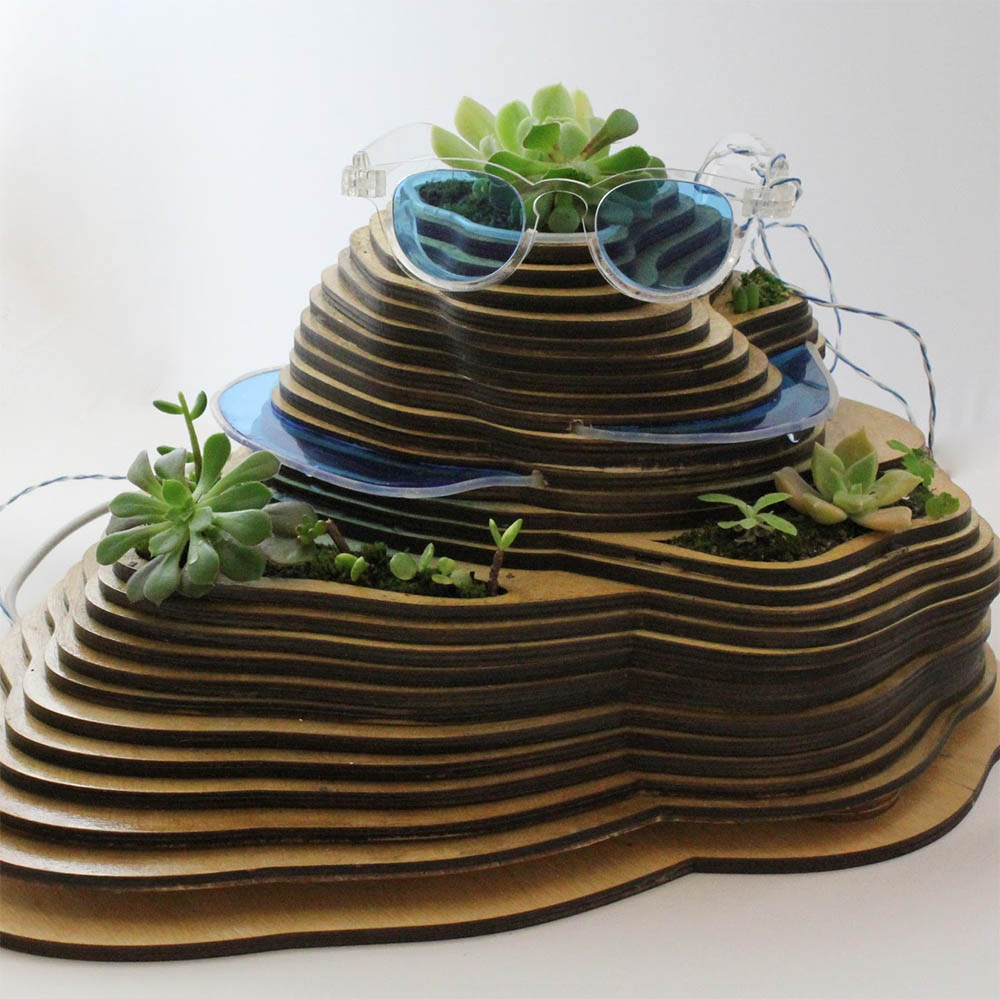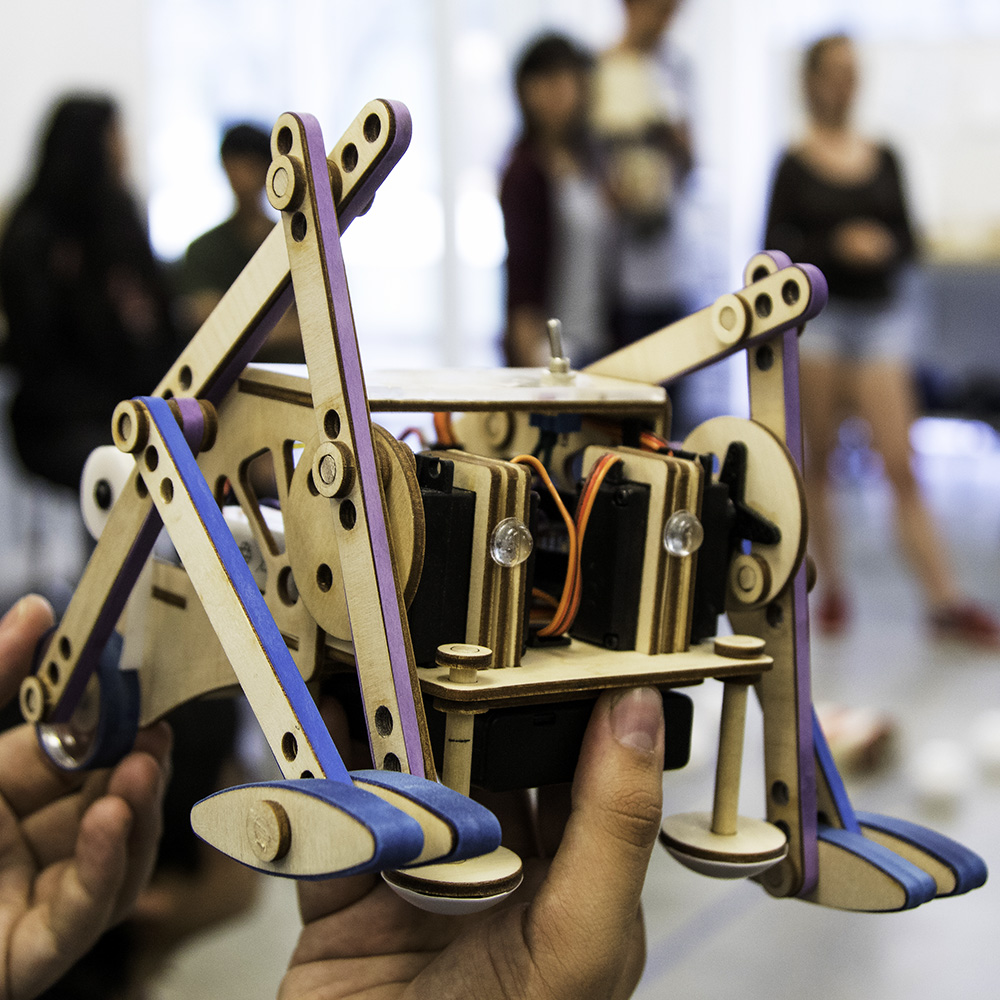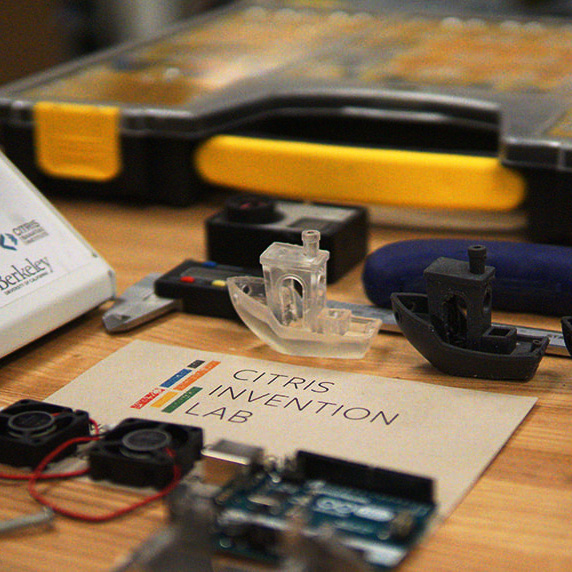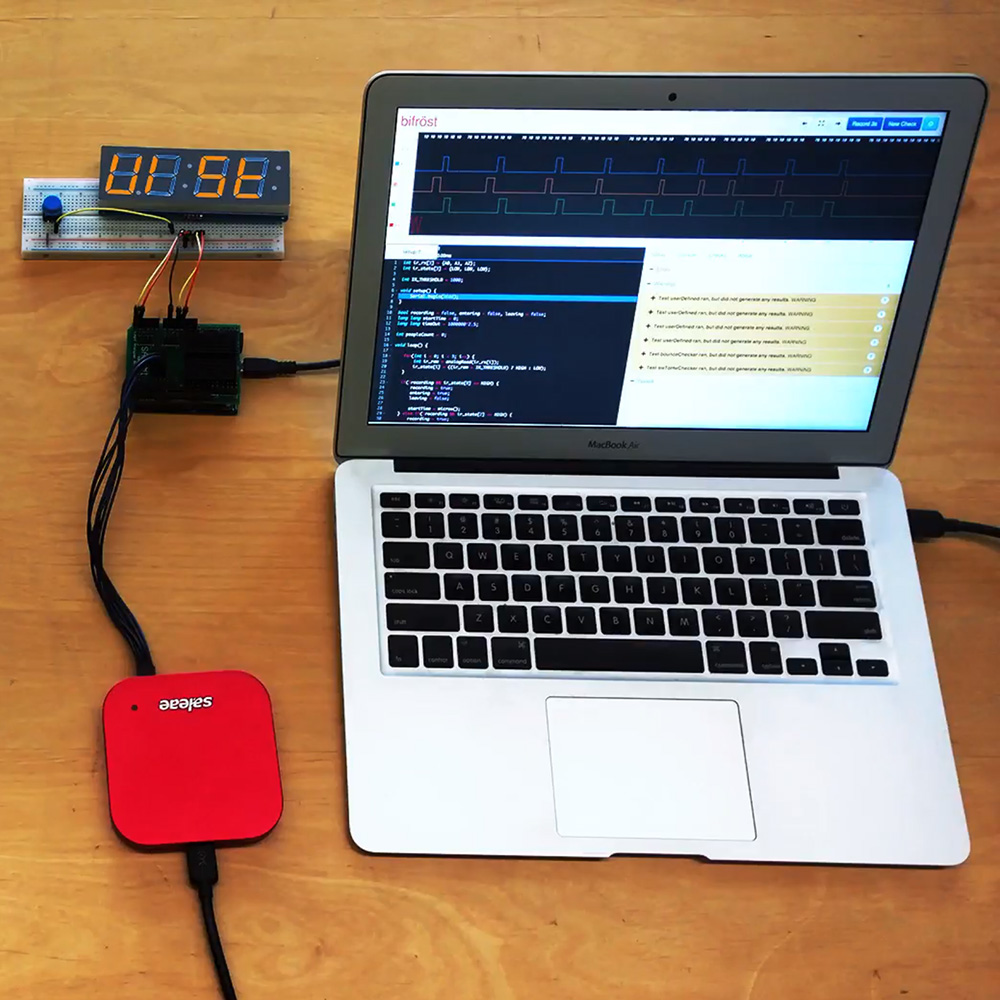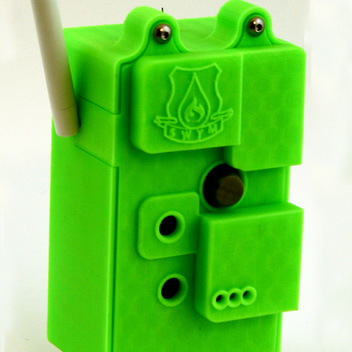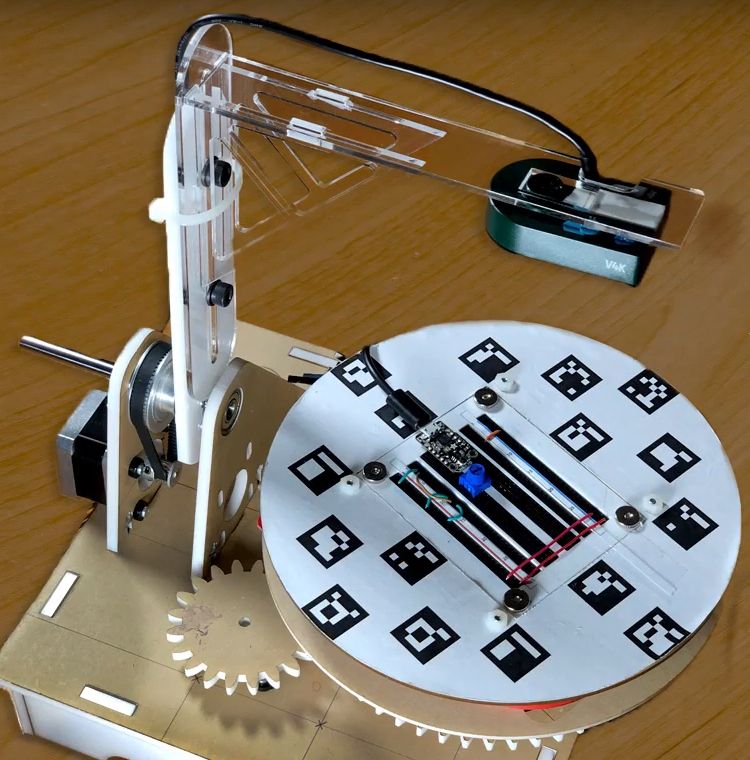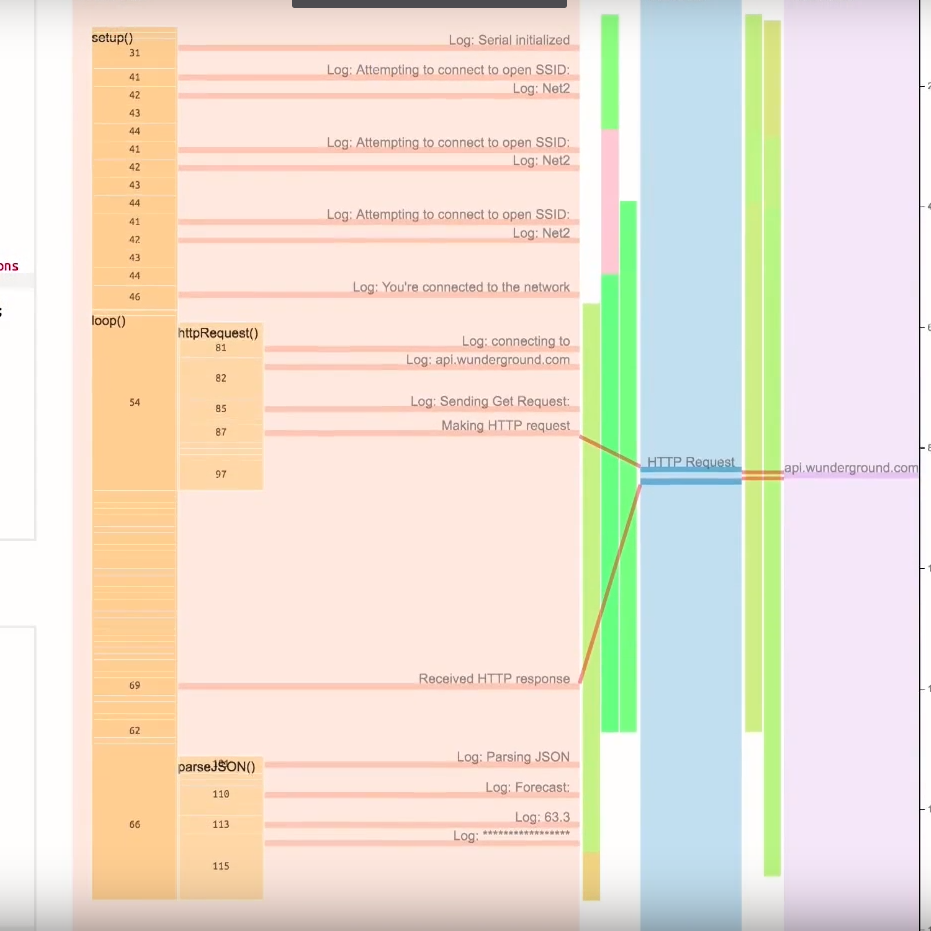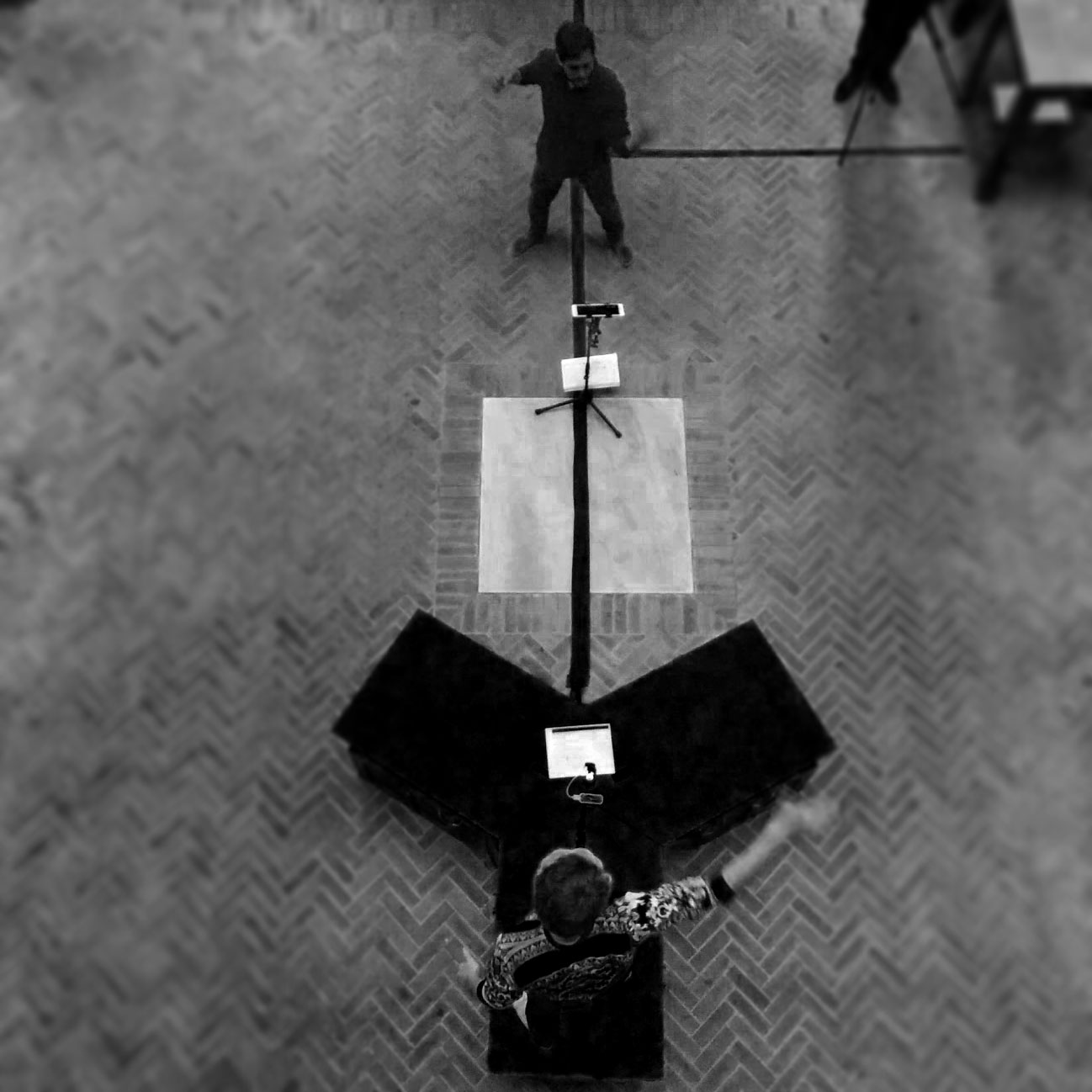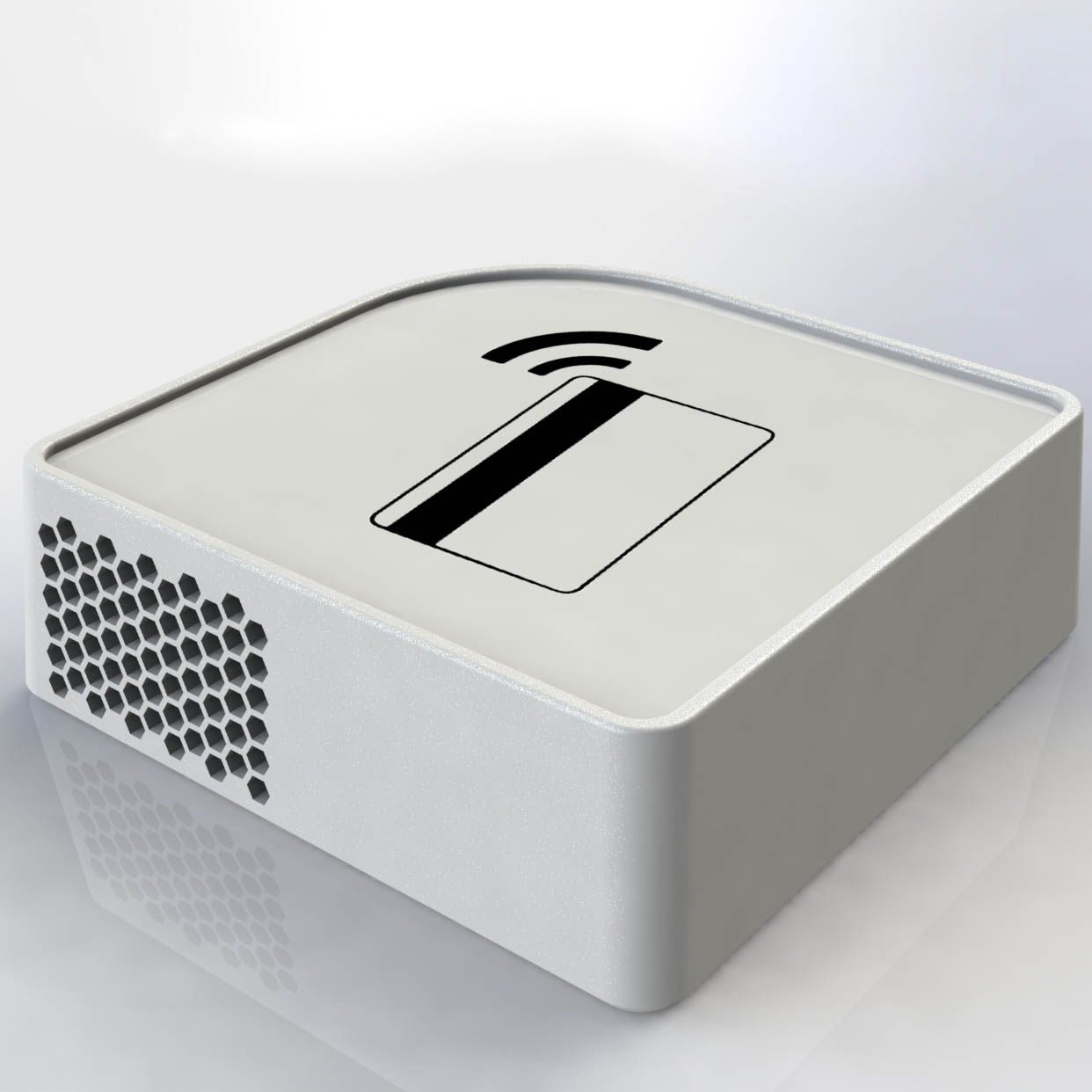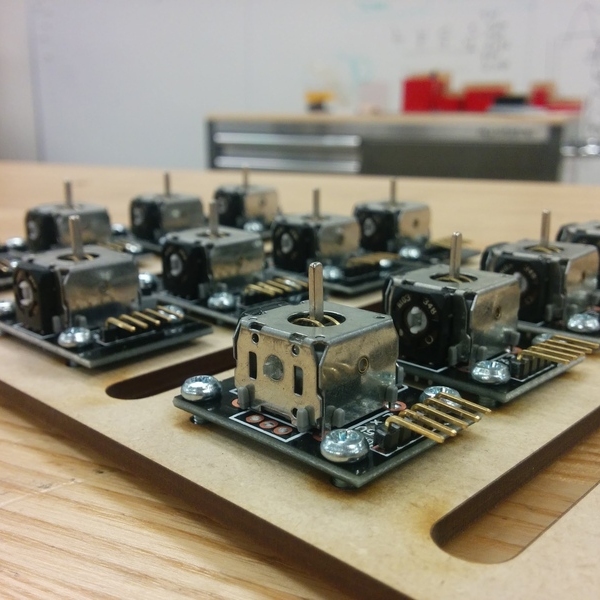Wifröst
Wi-Fi Embedded Systems Debugging

Wifröst links the divide in embedded systems programming of hardware and software debugging. This work is published in UIST 2018
Team
Mitchell Karchemsky
Will McGrath
Daniel Drew
Jeremey Warner
Andrew Head
Björn Hartmann
My Role
System Engineering
Documentation
Methods
Prototyping
Iterative Design
Software Programming
Network Debugging

